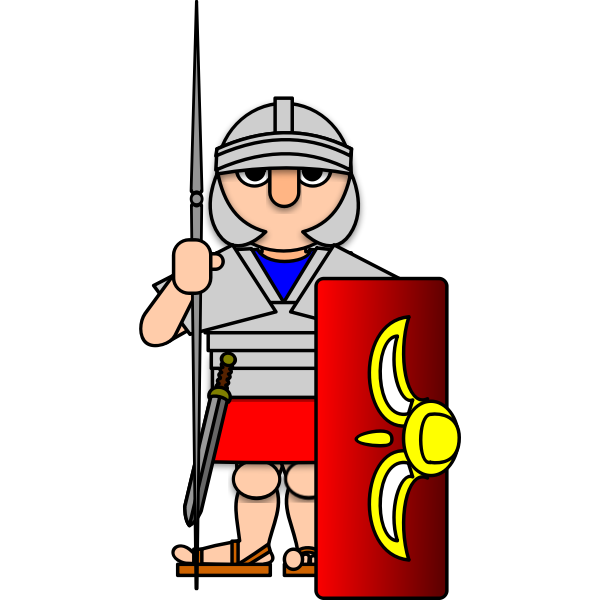You can find this repository at: GitHub Pages.
Author : Filippo Roveda - [email protected]
This is a simple gameframowk that give you possibilities to make a variety of 2D game prorotype. Basically is possible to create and extend a variety of class, such as: a main Application, some type of GameObjects and a lot of Component that modify and increase the GameObjects propierties.
This Framework is based on SFML Multymedia libreries v:2.5.1, here the link: (https://www.sfml-dev.org/).
Here some tutorial about it: (https://www.sfml-dev.org/tutorials/2.5/).
To generate and build the Solution is necessary a VisualStudio version installed(I suggest VS2019). To auto-generate documentation is needed Doxygen installed and setted as enviroment variable (If you don't have it installed you may look at the step 2.5).
The repository contain only loose files without any project or solutions to work on them. You can automatically generate a Solution based on your current version of VisualStudio following theese steps:
- If in your PC is not already installed Premake5 download it from: (https://premake.github.io/).
- Unzip the compress archive and put the file: premake5.exe in the same folder of your local repository.
- Open the command line in the repository folder and here launch the command : premake5 vs(your version). Ex: premake5 vs2019
Now you have generated the solution and 2 sub-project:
-GameFramework, a Shared library project that generate .dll to link in other projects.
You can modify it to fix and extende the current version of the Framework.
-Sandbox, a console application to generate and test a preset level based on the current version of the Framework.
Build him and in his corresponder Binaries folder you will find "Sandbox.exe" to play the prototype scene.
In addition to the prevoius folder you can clearly see 2 of them with the names in capslock: -FRAMEWORK -SFML Thoose are already setted libreries, you can use them at any moment in your own new projects, those are already dynamically linked to the 2 autogenerated project. We have already discuss about SFML, that is the base for my framework.
Now is the moment to know more about the FRAMEWORK. For a rapid overview of its class hierarchy you can take a look to the UML diagram contained in the: "UML_Documentation" folder.
If you need a deeper view in the software structure you need to create some DOXYGEN documentation starting from "docgen" file in the repository folder.
1)Download CMake from this link: (https://cmake.org/).
Unzip the compress archive and install it, you can also set him as variable ambient.
2)Download Bison&Flex from this link: (https://sourceforge.net/projects/winflexbison/).
Unzip the archive, modify the 2 exes name inside it deleting the "win_" prefix.
Add the two exes path as enviroment variable in you computer.
3)Donwload Doxygen from this link: (https://doxygen.nl/download.html).
Or clone the indicated repository on your computer.
4)Generate the Doxygen solution using CMake.
5)Build Doxygen solution.
6)Once you have the Doxygen ".exe" set it as enviroment variable.
7)Now you can generate the FrameWork documentation running the command:
"doxygen docgen" in the repositoy folder.
Now you can navigate trought all the classes, members and method, struct, algorythm and utilities.
I also want to thank my fellow students for sharing knowledge and effort with me during these long nights of programming.

